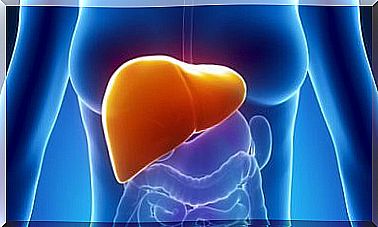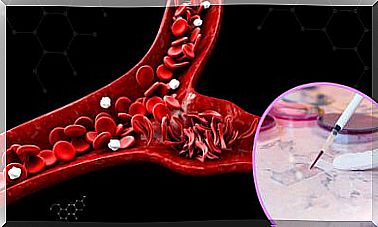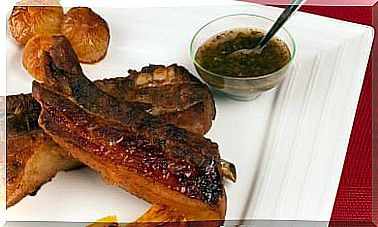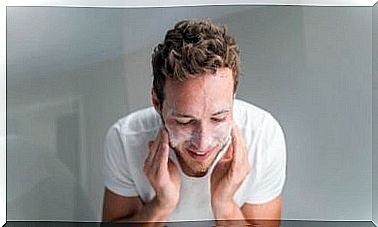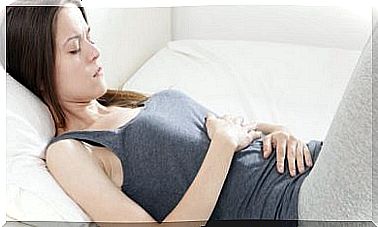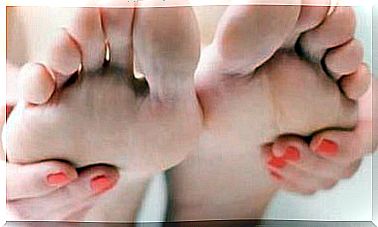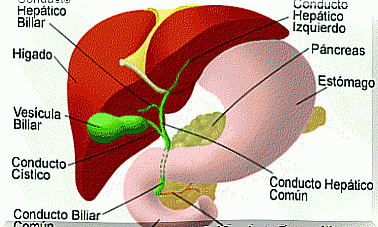5 Ways To Deal With Keratosis Pilaris
Among the skin disorders that we can have daily, is the so-called keratosis pilaris. It is produced through the small pimples on our skin, and is generally due to genetic factors.

Keratosis pilaris, also known as ‘goose bumps’ because of its appearance, is a skin disorder caused by an excess of the protein keratin. Despite not being dangerous, this disorder can be very annoying for those who suffer from it. What does it consist of? How is it treated?
The skin is full of small bumps that appear mainly on the arms, thighs and buttocks, or even on the face. It has nothing to do with cold, fear, or any other emotion that makes our hair stand on end. People who develop it have skin like this all the time.
Specialists say that keratosis pilaris is due to genetic factors, but that the intake of certain foods can aggravate it. Sometimes keratosis pilaris disappears spontaneously after adolescence. However, in most cases it is necessary to treat it to improve symptoms.
5 methods to deal with keratosis pilaris
Treatment for keratosis pilaris may include the use of some creams that soften the skin. However, it is also convenient to apply other treatments and cares. Here are five ways to deal with it, regardless of where it is on the body.
1. Exfoliation
Although no treatment completely eliminates keratosis pilaris, it is possible to combat it with some home care. The first thing to do is use a mild soap daily and exfoliate your skin regularly.
In effect, this disorder consists of the obstruction of the pores caused by the accumulation of dead cells. That is why we have to uncover them so that rough areas do not form around them. Ideally, exfoliate the affected areas once to twice a week.
You can use a brush or exfoliating cream. You can also make a homemade exfoliating mask with brown sugar, honey, and yogurt. Homemade preparations are very beneficial, as they are completely natural and gentle on the skin.
But if you buy an exfoliating product, it is important to make sure that it is as less chemical as possible so as not to damage the skin with keratosis. In addition, it is advisable to do a small test of the product before using it in its entirety.
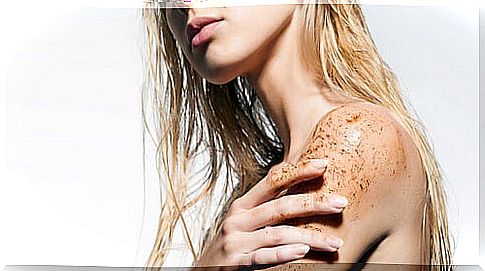
2. Hydration
Hydration is another fundamental step to combat this pathology of our dermis. It is necessary to hydrate the skin every day, in the morning and at night. When the skin is well hydrated it looks more nourished and also healthier. It is best to use creams for atopic skin and avoid excessively greasy creams.
Moisturizing creams that contain urea (minimum 10%) or lactic acid (12%) are a very good option. These will help remove excess keratin from the skin and help fight dryness caused by keratosis pilaris. By applying them you will feel immediate relief.
3. Vitamin A
Vitamin A is another great ally to combat keratosis pilaris. It is recommended to add it directly to the moisturizer; in this way its effect will be enhanced and it will be more effective in fighting goose bumps.
4. A humidifier in the winter
A humidifier to add moisture to the air, especially during the winter months, is very useful to combat goose bumps as it helps to moisturize it and relieve dryness. In fact, anyone with dry skin can use this method to ease discomfort.
5. Eat foods with Omega 3
The consumption of foods rich in Omega 3 fatty acids, such as certain fish, olive oil and nuts, can also help us fight keratosis pilaris.
This essential fatty acid helps lubricate dead cells, causing them to shed faster. You can also use food supplements that contain Omega 3 to increase this benefit.

5. Microdermabrasion
If care and home remedies are not enough, there are some specialized treatments such as dermabrasion, which can help combat keratosis pilaris. It is best to consult a dermatologist about this option.
Microdermabrasion is a treatment that will eliminate the pimples caused by keratosis pilaris, through the complete cleansing of the area. It is an intensive exfoliation procedure. It is done with the help of a device, which rotates very quickly and removes the upper layers of the skin.
To apply microdermabrasion treatment, the skin is usually numbed with anesthesia. In some cases, depending on the extension of the areas to be treated, general anesthesia can even be used. After the procedure, the skin is usually sore and very sensitive for a few days or weeks.
Does this condition afflict you? Try these methods and give your skin a better appearance. However, if you have doubts, or if you notice abnormal symptoms, consult your dermatologist.

